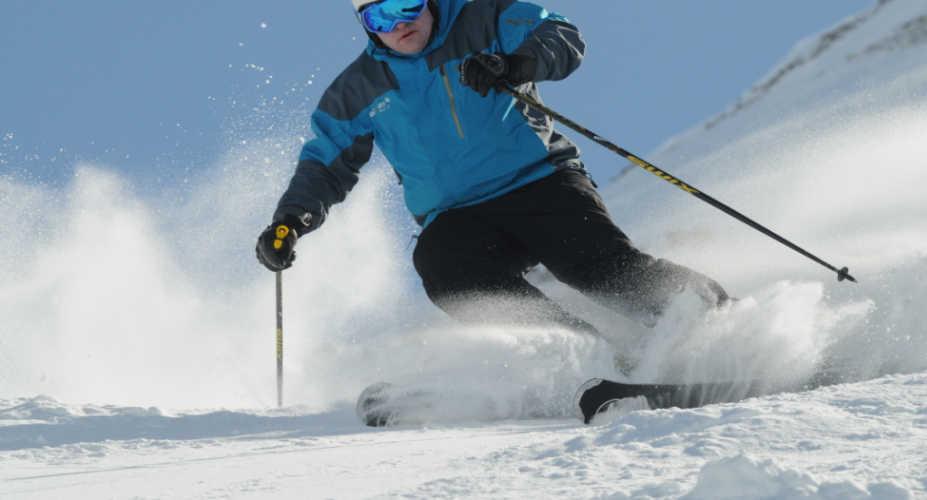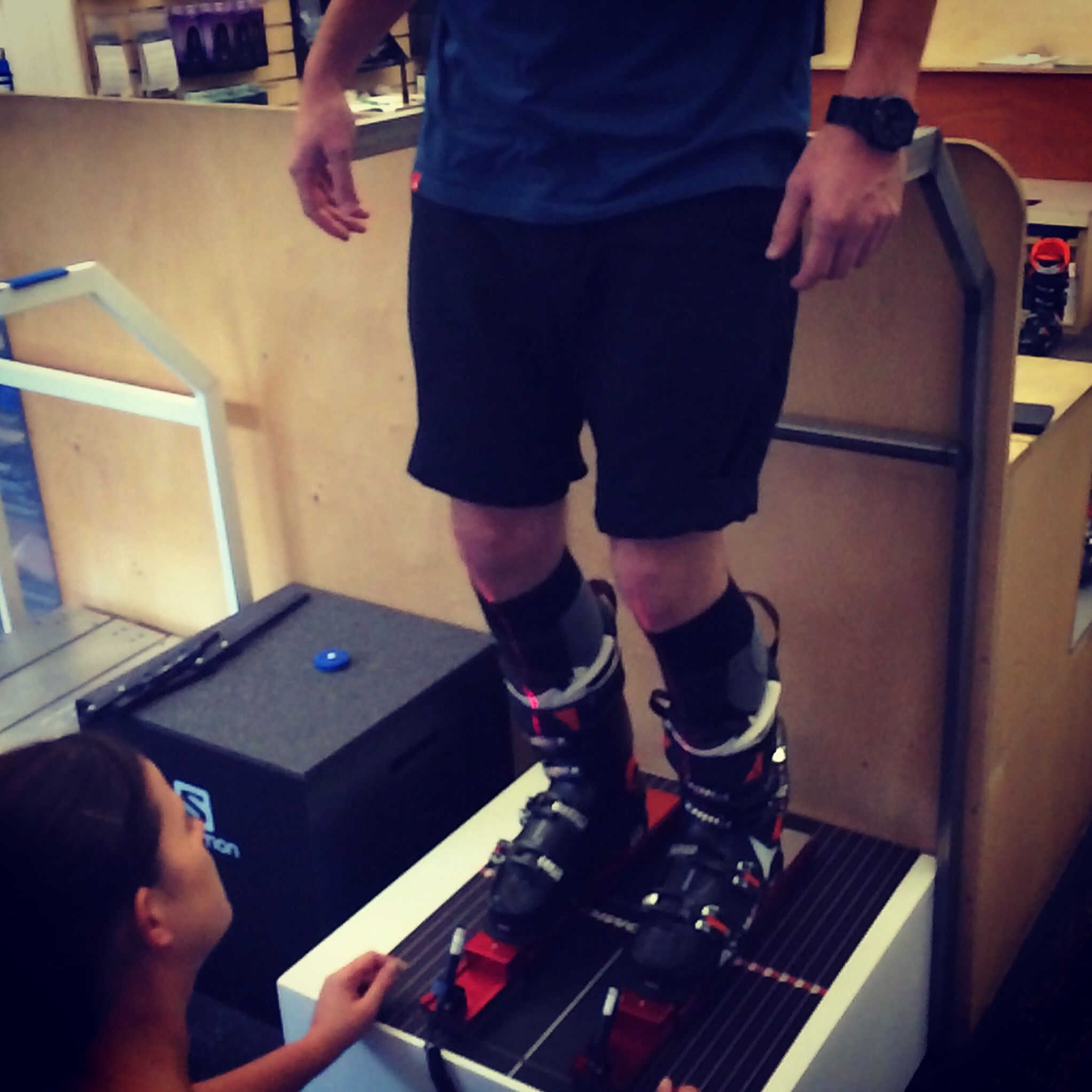
Written by: Colin Martin, C.Ped. Colin is owner of Solutions 4 Feet, known as one of the most premier ski boot shops in the UK. Colin has more than 30 years experience and expertise in ski boot fitting, teaches Superfeet ski boot fitting training courses and regularly consults with ski boot manufacturers to advise on details of boot design and construction.
It is not so much that you choose a ski boot, more that the ski boots choose you.
Each brand and model of ski boots has a different shape, feel and flex. It’s only by working with a trained ski boot fitter (or, with a LOT of trial and error) that you'll be able to get the very best ski boot fit for you.
Things to Discuss During Your Ski Boot Fitting Appointment
Every boot fitting should begin with an assessment and some personal history.
Your ski boot fitter needs to see your feet and how your feet move when you stand and flex. The boot fitter will test the range of motion in various joints, and examine any lumps and bumps which may affect the fit of the boots.
Be honest about your experience level and what you are planning to do in the future. If you’ve previously only done 10 weeks skiing but are about to embark on a full season, your needs may be a little different from someone only skiing one week per year.
Be clear about your intentions for ski season. Are you skiing purely downhill? Or, are you doing a bit or a lot of ski touring and need the boot to have uphill capability? You’ll want to consider how much up versus down you are planning to do and what is most important to you. This is something you really need to discuss with your boot fitter at the outset — there is no point in them bringing out alpine boots for you to try if ski touring is what you are looking to do.
Socks are important too (yes, really). A good quality, thin ski sock will give you the best comfort and performance. Materials can be matched to your physiology to keep your feet warm and dry all day.
Ski Boot Fitting — Size and Flex
Ski boot size matters, a lot. Metric sizes, called Mondopoint for ski boot sizing, is the way ski boots are measured. It is nearly impossible to convert the size from an old imperial shoe sizing system into Mondopoint.
A shell check will tell your ski boot fitter if there is enough space. Believe me when I say, the first time you put your foot into a new ski boot that’s the correct size, your toes will hit the front. Do not panic! Wait till things are clipped up and the boot is flexed. Then, work with your ski boot fitter to adjust.


Flex is only a number; it should be used simply as a guide.
Between brands a 100 flex is not the same. In fact, often between models from the same brand flex it is not the same. Don’t be scared of a flex number — work with your fitter to find what is right for you. As a rule I want to see my client bend the boot comfortably in store at room temperature. Not flattening the boot and certainly not struggling to flex it. This can be affected by many things: body weight, level length and technique What is right for one person might be completely wrong for the next.
Remember, all ski boots get stiffer when the plastic gets cold — some more than others, but they all stiffen to some degree.
Ski Boot Fitting — Last Sizes
In recent years you may have seen another number appear on the descriptions of ski boots: the last. This might be 98mm, 100mm, 102mm etc. What’s really important to know is that this only applies in the core size 26.5. As you move up or down from that size, the boot gets wider or narrower proportionally. This number also ignores the shape of the boot around the toes, the instep height and the heel volume. Again, this is where working with a trained ski booter fitter is key.
These are just some of the factors to look at when you are purchasing a new ski boot. As you can see, the guidance of a trained ski boot fitter will help make the process a lot simpler.



